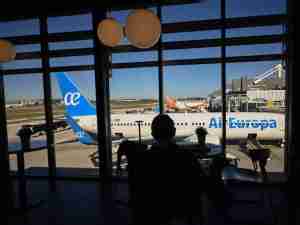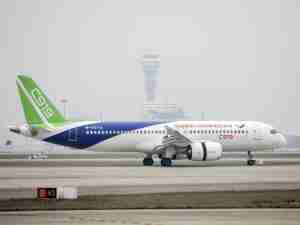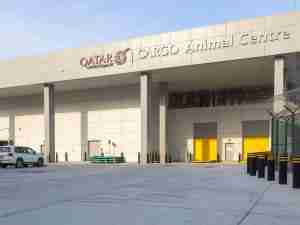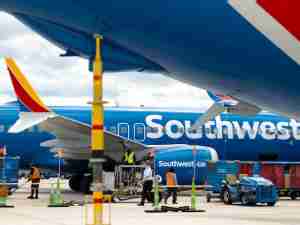Indonesian investigators found scores of problems and missteps in connection with last year’s fatal Lion Air crash, ranging from design flaws in Boeing Co.’s 737 Max airplane to certification failures by U.S. regulators and pilot error.
Eighty-nine significant findings are listed in connection with the disaster, according to an extract from the final crash report distributed to stakeholders and seen by Bloomberg News. One major point of focus is a flight-control feature called the Maneuvering Characteristics Augmentation System, which has also been implicated in an Ethiopian Airlines crash in March.
A spokesman for Indonesia’s National Transportation Safety Committee declined to comment or verify the authenticity of the report, which is scheduled to be publicly released later Friday. Boeing declined to comment ahead of the report’s official release.
Minutes after taking off on the morning of Oct. 29, Lion Air Flight 610 nosedived into the Java Sea, killing all 189 people on board.
The 737 Max has been grounded worldwide since shortly after the subsequent crash in Ethiopia, costing Boeing $9.2 billion and weighing on the company’s outlook. Indonesia’s findings come as regulators worldwide assess the fate of what was the Chicago-based company’s best-selling plane. Boeing says it is has made “significant progress” in returning the 737 Max to service.
The NTSC presented a slideshow of some of its findings to families of the Lion Air crash victims in Jakarta on Wednesday. It said the MCAS was too reliant on a single angle-of-attack sensor, making it vulnerable if the sensor malfunctioned. The investigation found that a replacement sensor installed on the doomed Lion Air plane wasn’t calibrated properly during the repair.
Missed Opportunity
Problems with the three-month old jet emerged on previous flights, including one the day before the crash. There, pilots choose to ignore a malfunctioning airspeed indicator and take off for their destination, according to two people familiar with the incident. One of them said the flight-data recorder on at least four flights in the lead up to the crash showed invalid airspeed readings.











